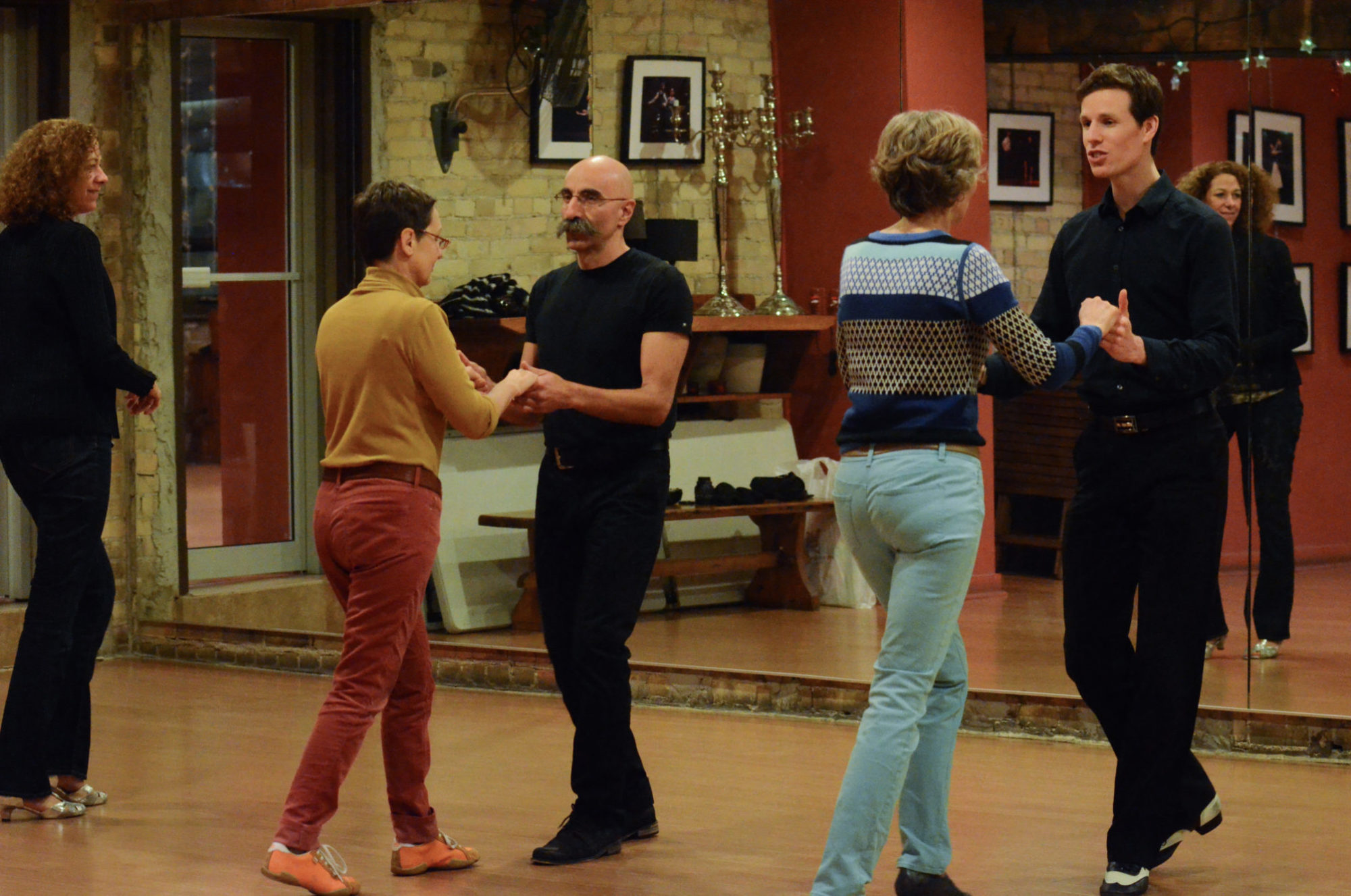Not all music is created equal - at least some of the time, finding the rhythm in ballroom dance music is tough. But if you’re new to the scene, what do we mean when we talk about rhythm anyways? And how can we get consistent enough to follow it, no matter the song?
Rhythm VS Timing
Rhythm is your innate feeling for the music - if you can consistently move any part of your body to any expression of the music, you have rhythm. Timing measures your ability to move your feet with the beat of the music. Most people say ‘I have no rhythm’, but what they really mean is they have no sense of the timing. Fortunately, timing is much, MUCH easier to learn.
Testing for Rhythm
Here’s the easiest way I know to find out which one you are having difficulty with: play some ballroom dance music with a strong beat and not a lot of background noise; 'Fields of Gold' by Sting, or 'Blue Tango' by Stanley Black are two good options. Now see if you can move any part of your body - nod your head, tap your hand, whatever’s easiest - to an instrument you hear. If you can manage this, congratulations! Rhythm is not a problem for you.
Improving your Timing
Spend 5 minutes a day tapping your hand to whatever ballroom dance music you choose until you’re consistent, then switch to tapping your foot while standing, then alternating feet, and finally rocking your body slightly from one foot to the next.
Adding the Feet
Now you are ready to try a basic dance step. You can also try switching to some more complicated ballroom dance music to see if you can still follow the timing. Be patient with yourself: you are literally relearning how to walk right now.
Types of Timing
One technical note: some of the ballroom dance music you hear will be 4/4 timing and some, usually waltz or Vienesse waltz music, will be 3/4 timing. To tell the difference, you need a sense of how many beats there are before the melody changes.
If you have speakers, play the track below. The first tune you'll hear will be the more more common 4/4 timing, and the second tune will be 3/4 timing, used only in waltzes.
As you practice the steps above, you will eventually start to get a hunch about where the beat might be. Trust that feeling. Try not to think about it, and just let it happen. Over time, it will grow into a certainty. And if you are still having trouble finding the beats for ballroom dance music, click here for more detail on how to recognize the different rhythms you hear.
